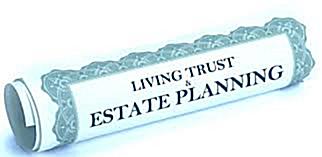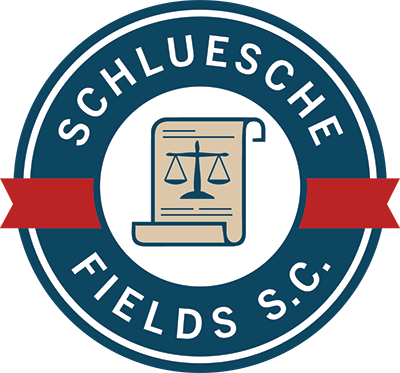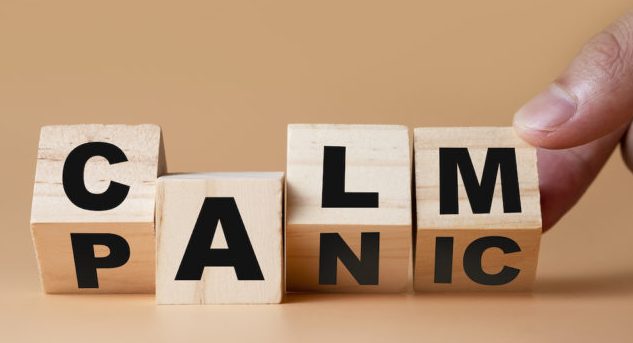How excited do you, or your friends, get when talking about home improvement projects, a…

Trust or T.O.D.?
There are two basic ways to keep your assets out of probate: (1) by titling them all as transfer on death (TOD) or payable on death (POD) to a named beneficiary; or (2) by creating a revocable living trust to hold your assets and govern their distribution.
TOD or POD beneficiary designations are often quick and easy to set up. They’re also usually free.
However, a revocable living trust can offer a number of significant advantages over just using TOD or POD designations. These include that:
1. A trust’s asset distribution plan is fully customizable. Your trust distribution plan can provide for distributions in any set of percentages or amounts, to as many different individuals and entities as you choose. Distributions that might otherwise go directly to minors or spendthrifts can be delayed, and contingencies can be added.
TOD or POD designations offer limited options, and those options can be different between particular banks and brokerages:
- Some TOD or POD forms might only allow equal percentages across all named beneficiaries.
- Some TOD or POD forms might only allow a small number of beneficiaries, which may be less than you want.
- Some TOD or POD forms might not provide for beneficiaries who are not yet living, such as grandchildren yet to be born.
2. A trust can prevent disinheritance of your beneficiaries. Your trust can direct a portion of your estate to your children, without the risk of changes after your death. When married couples hold assets in TOD or POD form, after one spouse dies the survivor can change the beneficiaries. A remarried surviving spouse can change TOD or POD beneficiaries from your children to a new husband or wife.
3. A trust ensures that there will be available cash. A properly funded trust will already own your accounts. Cash will therefore be available to pay for funeral and burial expenses, final medical expenses, the costs of wrapping up your affairs, and other obligations and bills. If instead all of your assets transfer to other people because of TOD or POD designations, there may not be any cash left to pay these expenses.
4. A trust can be easier to change. Your trust’s distribution provisions are much easier to change than multiple TOD or POD designations. If a beneficiary predeceases you or falls out of favor, or if circumstances change all it takes is a single trust amendment document. If you rely instead on TOD and POD designations, you may need to change each designation for all of your accounts and assets. You also risk forgetting to change one or more designations. It’s always easier to stay aware of one document (your trust) rather than many documents (multiple TOD and POD designations).
5. A trust can ensure that your assets are used properly. Your trust can prevent your assets from being used to pay a beneficiary’s ex-spouse or creditors, or from being wasted by beneficiary who is unable to handle money. These protections are unavailable with TOD or POD designations.
6. A trust can cover all of your assets. Your trust can own assets for which TOD or POD designations aren’t available. These include jewelry, fine art, classic cars, antiques, rare stamps and coins, and precious metals.
If you’re wondering about a revocable living trust and its benefits, please talk to us. We’ll discuss your goals and concerns. We’ll also evaluate your particular situation and advise you as to whether a trust may be the right choice for you and your family.





